How does a clothes drying cabinet work?
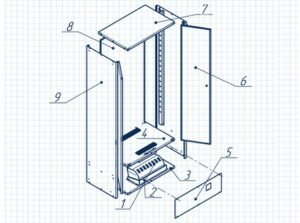 Today, more and more people are becoming interested in drying cabinets. This type of technology, which is quite new for our country, is very convenient in everyday life. The devices make it possible to dry a large amount of laundry at any time of the year. You can load different things inside, including those made from delicate fabrics.
Today, more and more people are becoming interested in drying cabinets. This type of technology, which is quite new for our country, is very convenient in everyday life. The devices make it possible to dry a large amount of laundry at any time of the year. You can load different things inside, including those made from delicate fabrics.
Let's talk about the design of drying cabinets for clothes. Let's talk about the design features of the models. Let's figure out what characteristics to pay attention to when choosing such equipment.
Structural differences of drying cabinets
All drying cabinets can be divided into two groups. The first includes models that remove moisture with air. Such devices have an outlet pipe that is directed either directly to the street (in single-family houses) or into a ventilation shaft (in high-rise buildings). This installation option carries some restrictions - the device will have to be placed in rooms with ventilation vents.
The second group includes models that condense moisture. Such drying cabinets have a special container for collecting water. As the container fills, it must be emptied. Devices of this type can be placed in any room; they only require an outlet to operate.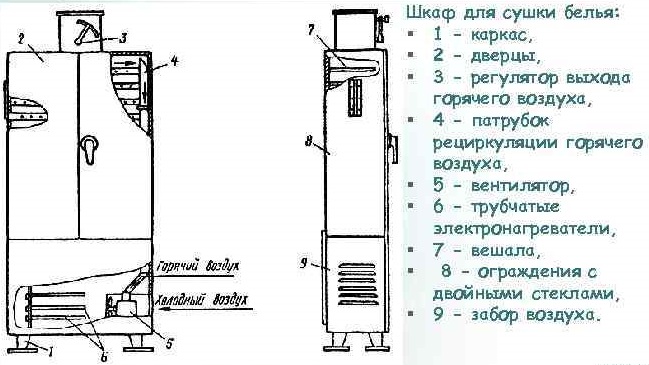
Some condensing dryers can be connected to a sewer line. This will make it possible to forget about the need to drain the water from the container; it will drain automatically.
Drying cabinets can either remove moisture along with the air or condense it in a special container.
Drying things is carried out according to the following principle:
- after placing the clothes, selecting the mode and starting the cycle, the heating element is turned on;
- at the same time the fan starts working;
- moisture is removed either with air into the ventilation or condenses.
Some clothes drying cabinets have sensors that monitor the humidity level inside the working chamber. This makes it possible to stop the cycle when the clothes are completely dry. To speed up the process, it is recommended to wring out the items yourself before loading them into the device.
It is rare, but you can find cabinets on sale that operate using infrared rays. In this case, moisture is also removed by heating, but with one important difference. Clothes must be positioned so that the items do not hide each other from the source of electromagnetic radiation.
Or maybe it's better to buy a dryer?
There are two types of devices you can use to dry clothes: cabinets and machines. What are the advantages and disadvantages of these types of technology? How are the devices arranged? Which is better to give preference to?
The dryer has the same dimensions as the washing machine. Moreover, these two devices can be installed in a column, thereby saving space in the room. In any case, the cabinet will have to be installed separately.
The dryer has a rotating drum. Due to this, drying occurs more quickly - moisture evaporates from the laundry faster as it moves. If the shortest cycle in a closet takes 1 hour, then in a washing machine it takes 20 minutes.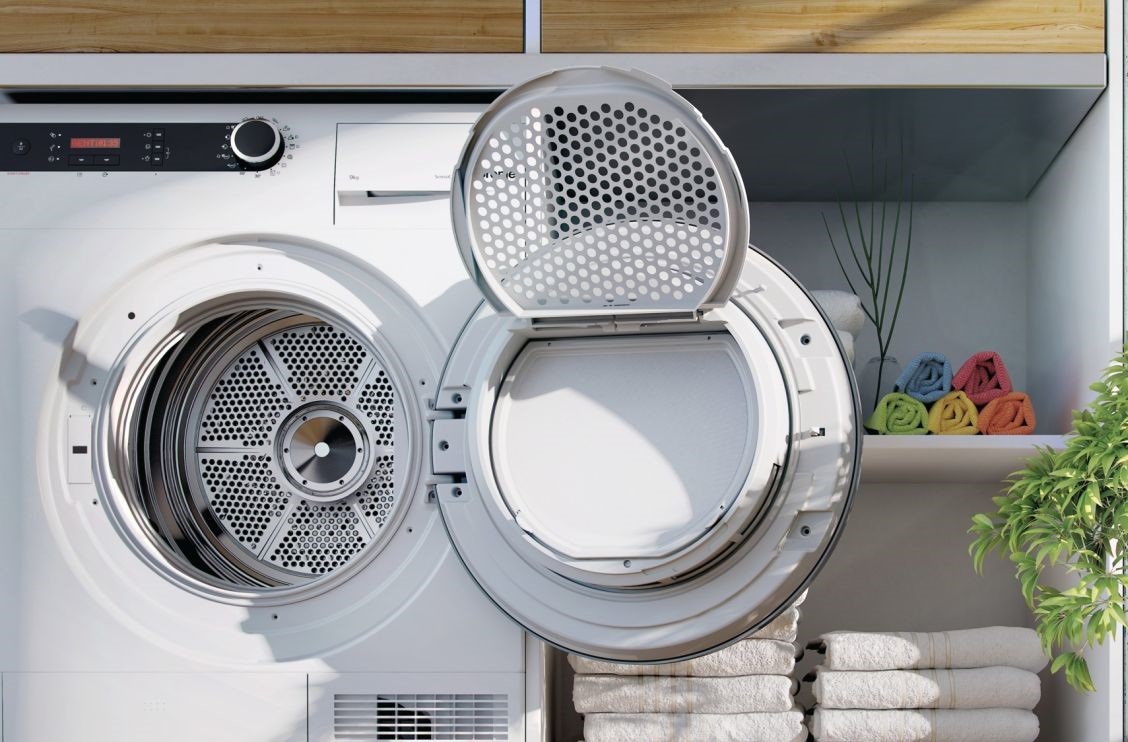
If you look at the software “stuffing”, then the machines have more available modes. On average, these are 5-7 algorithms, versus 3-4 for the cabinet. However, this cannot be said to be very important, since in general users get by with two or three programs. Usually enough:
- delicate drying for items prone to deformation;
- fast cycle;
- intensive drying for thick, multi-layered clothing;
- long-term operation at moderate temperatures for drying outerwear and bedding.
The loss in drying speed is easily covered by other advantages of the drying cabinet. The advantages of these devices:
- You can dry almost any clothes in closets - cashmere coats, items with decor, bulky down jackets, winter and mid-season shoes, fur coats, blankets;
- Accessories are also allowed to be loaded into the closet: hats, panama hats, knitted stoles, silk scarves, gloves, etc.;
- things hung on hangers or folded on shelves are not subject to friction, therefore they retain their appearance and properties longer.
The load volume will depend on the model of dryers and cabinets. More often than not, drums are designed to hold fewer items than shelves. However, today in stores there is a selection of very spacious machines, for 9-10 kilograms of wet laundry.
Clothes do not need to be removed from the dryer immediately after the end of the cycle. Things can hang there all day without getting wrinkled. It is not recommended to leave laundry in the machine drum even for several hours, otherwise wrinkles will form on the fabric.
Drying cabinets are quieter than washing machines. This is easy to explain - they don’t have to constantly spin the drum. The heating element heats up silently, and the fan does not make loud sounds.
As for the cost, drying cabinets are more expensive than machines. Therefore, before purchasing, you should decide which criteria are more important. Price and compactness, or the ability to dry absolutely any clothes in the device.
What to look for when purchasing a cabinet?
When purchasing a clothes dryer, you should look at a combination of factors. When choosing a drying cabinet, pay attention to the manufacturer, cost, volume of the working chamber, and energy consumption. These are the main characteristics. Also, many buyers are interested in the design and dimensions of the device.
What size can a dryer be? Here you need to focus on the number of family members and the capacity of the washing machine. It is convenient when all washed items can be immediately loaded into the closet for drying, rather than dividing them into two batches.
The usual dimensions of a drying cabinet are 60x60x180 cm. This is quite enough for an average family of four. Also on sale are narrow, fifty-centimeter devices, and models with two cameras (their width is 120 cm).
Cabinets with a height of 180 to 200 cm are ideal for drying long clothes: dresses, raincoats, coats, fur items.
An important indicator is energy consumption. The power of such devices is usually from 2000 to 4000 W. The lower the energy efficiency class, the more kilowatts the drying cabinet will “eat,” and the higher the amount will be in receipts.
Experts recommend buying drying cabinets with an energy consumption class of at least “A”. In this case, electricity will be spent sparingly. The kilowatt consumption is also affected by the selected program; the colder the drying, the lower it is.
Another important factor is the method of moisture removal. It will be a model that needs to be connected to ventilation, or a cabinet that works on the principle of condensation. The possible installation location of the dryer will depend on this.
The drying cabinet cannot be hidden - it will be in plain sight. Therefore, manufacturers give the body a laconic, stylish shape, without any frills. The color of the device is usually white or gray.The main efforts are directed to the competent organization of the internal space.
The efficiency of the device will be higher if hangers and shelves are placed rationally. Therefore, be sure to pay attention to how the cabinet is arranged from the inside. The air currents created by the fan must blow across each item so that the fabric dries evenly.
Choose a cabinet whose shelves fold down when needed. This will be ideal for vertical drying of long items. It is also convenient when the door of the device has hooks for placing accessories - caps, hats, scarves.
Interesting:
Reader comments
- Share your opinion - leave a comment

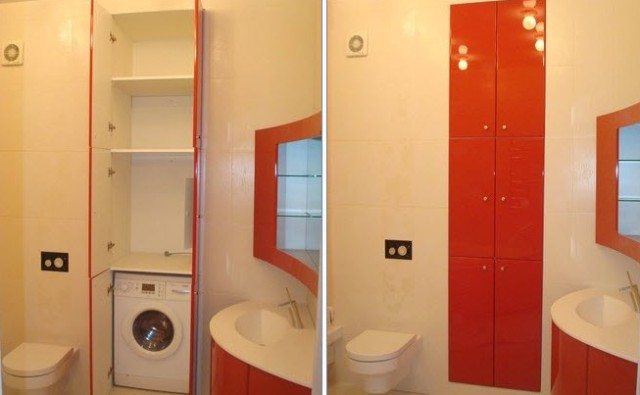
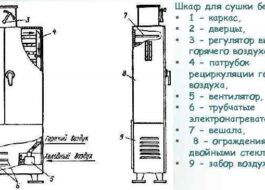

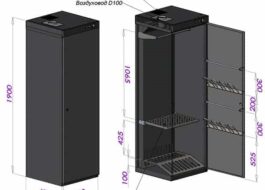
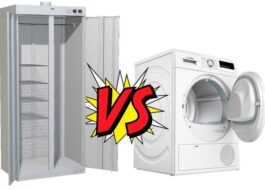














Add a comment